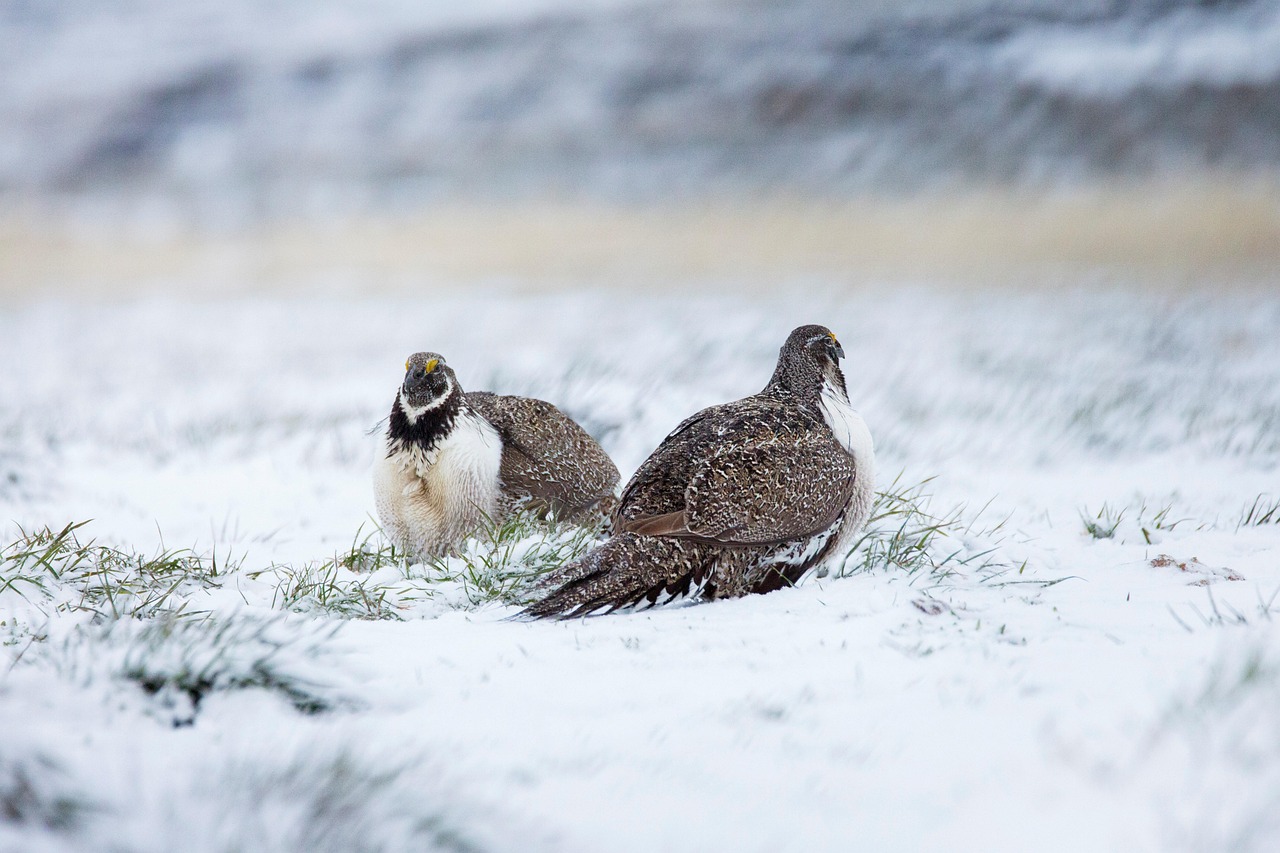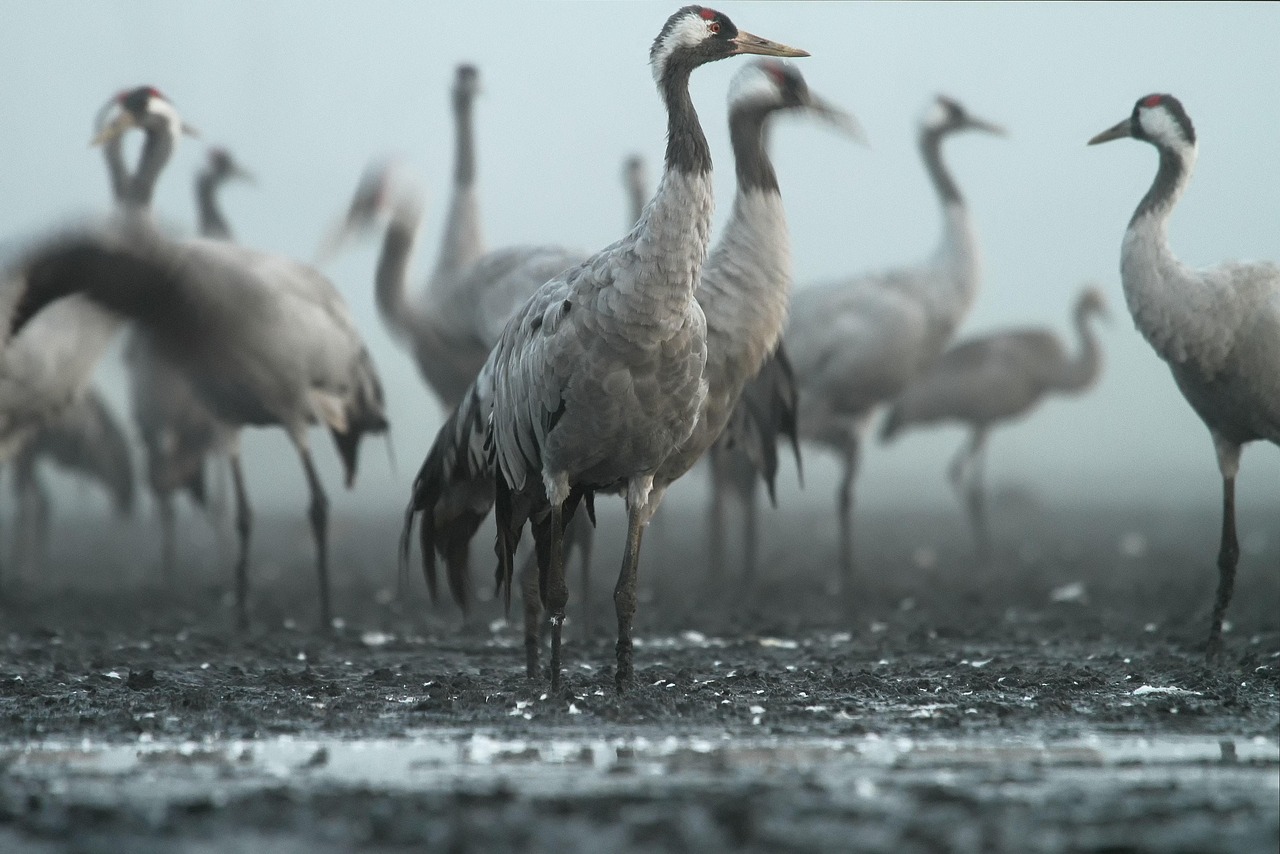
The concept of “Tipping Point species” emerged from the alarming discovery that North America has lost nearly 3 billion birds since 1970, as documented in a landmark 2019 study published in the journal Science. The recently released 2025 State of the Birds report builds on this research by identifying 112 bird species that have crossed a critical threshold—losing more than 50% of their populations in the past five decades.
Understanding the Tipping Point Classification
Tipping Point species are categorized into three urgency levels based on scientific assessment of their population trajectories, threats, and conservation status:
- Red Alert (42 species): Birds with perilously low populations and steep declining trends, such as Bachman’s Sparrow, Bendire’s Thrasher, and Greater Sage-Grouse
- Orange Alert (37 species): Birds showing long-term population losses and accelerated recent declines, including Chimney Swift, Rufous Hummingbird, and Evening Grosbeak
- Yellow Alert (33 species): Birds with long-term population losses but relatively stable recent trends, such as Pinyon Jay, Wood Thrush, and Golden-winged Warbler
This classification system was developed by the Road to Recovery (R2R) initiative, a government/academic conservation collaborative formed in response to the 3 billion birds lost research, using data from the Avian Conservation Assessment Database (ACAD) maintained by Partners in Flight.
A Crisis Across Habitats
Tipping Point species can be found across nearly all habitat types in North America, but some ecosystems have been hit particularly hard:
- Shorebirds have the most Tipping Point species (19) of any group of birds in North America, with declines exceeding thresholds for listing as vulnerable/endangered under national and international conservation standards
- Grasslands contain eight Tipping Point species, including Mountain Plover, Chestnut-collared Longspur, and Baird’s Sparrow, which have declined more than 67% in the past 50 years
- Aridlands include seven Tipping Point species, with Bendire’s Thrasher and LeConte’s Thrasher experiencing steep declines across their ranges
- Seabirds face multiple threats, with Tipping Point species including Kittlitz’s Murrelet, Ashy Storm-Petrel, and Black-capped Petrel
Case Studies: Birds at the Edge
Bachman’s Sparrow
This small sparrow has declined dramatically due to the degradation and loss of open pine woodlands in the American Southeast. The species requires regular prescribed fire to maintain its preferred grassy understory habitat. According to the 2025 State of the Birds report, American Bird Conservancy is leading an effort with Sustainable Forestry Initiative-certified groups to improve habitat conditions for Bachman’s Sparrow on privately owned working forests, implementing practices including harvests, thinnings, and prescribed burns.
Chimney Swift
Once a common sight in urban areas, Chimney Swift populations have experienced steep declines throughout most of their range. The 2025 report indicates the most significant losses have occurred around cities in the Upper Midwest, Gulf Coast, and southeastern Piedmont regions. Despite their concerning status, there remain significant knowledge gaps about their full annual cycle, including specific migration pathways to South America. The report calls for an organized research effort to investigate the causes of swift declines.
Pinyon Jay
These highly social birds of western pine woodlands have lost approximately 70% of their population since 1970. The Pinyon Jay Working Group, a partnership of more than 35 federal/state/nonprofit organizations, is coordinating research and habitat conservation efforts. The 2025 report notes that while Pinyon Jay populations have experienced long-term, broad-scale declines, trends may be stabilizing at lower abundances in some areas.
Conservation Approaches That Work
The 2025 State of the Birds report emphasizes that Tipping Point species require two critical interventions:
- Focused scientific research to pinpoint drivers of declines
- Immediate conservation action to address known threats
These efforts are already showing promise for some species. For example, the American Oystercatcher, once in serious decline along the Atlantic Coast, has seen a 43% increase in regional breeding population following the launch of the American Oyster catcher Recovery Initiative in 2009. This multi-state collaborative effort coordinated funding and management strategies across 16 states along the Atlantic and Gulf coasts.
Similarly, the Desert Thrasher Working Group has expanded from a localized effort to a coordinated initiative across multiple states in the southwestern U.S. and northwestern Mexico, publishing beneficial management practices for solar energy development to mitigate habitat fragmentation for threatened thrasher species.
The Urgency of Action
The identification of Tipping Point species represents both a warning and an opportunity. These birds have reached a critical threshold where recovery is still possible but requires immediate intervention. Without concerted conservation efforts, many of these species risk following the path of the Passenger Pigeon, Carolina Parakeet, and other extinct North American birds.
As the 2025 State of the Birds report concludes, the science is solid on how to bring birds back. Proactive, coordinated efforts and strategic investments in habitat protection, restoration, and management can recover bird populations while providing additional benefits for people, including healthier working lands, cleaner water, and resilient landscapes.
For more information on Tipping Point species and recovery efforts, visit r2rbirds.org/tipping-point-species/.
This article was developed using data from the 2025 State of the Birds report published by the North American Bird Conservation Initiative (NABCI).


